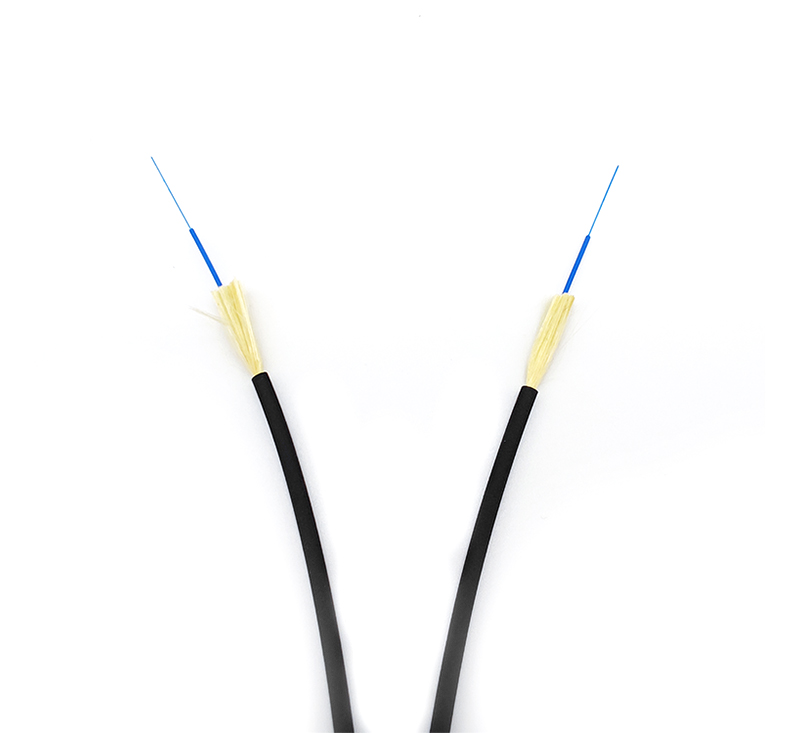• Ultraviolet (UV) - Do not use cables without UV protection in direct sunlight.
Heat - Cables are exposed to high temperatures in metal conduits or trunkings, and many polymeric materials experience reduced service life at these temperatures.
· Water - Moisture in LAN twisted pair cables can increase the capacitance of the cable, thereby reducing impedance and causing near-end crosstalk problems.
· Mechanical damage (repair costs) - cable repairs are very expensive, requiring at least two terminations at each discontinuity.
· Grounding - If the shield of the cable needs to be grounded, the appropriate standards must be followed.
· The total length of the route (not only refers to the building)--The outdoor LAN twisted pair cable is used between the buildings, and the total length should be limited to within 90 meters. For a 100Mps or 1000Mbps network, the laying distance cannot exceed this limit. If the laying distance is between 100 meters and 300 meters, the optical cable should be selected.

1. Under the eaves. Standard LAN cables can be used only if the cables are not directly exposed to sunlight or extreme temperatures, and the use of pipes is recommended.
2. On the outer wall. Avoid direct sunlight on the wall and man-made damage.
3. In pipes (plastic or metal). If in pipes, pay attention to the damage of plastic pipes and the heat conduction of metal pipes.
4. Suspended applications/overhead cables. Consider cable sag and stress. Which bundling method is planned? Is the cable exposed to direct sunlight.
5. Directly laying in the underground cable trench, this environment has a small control range. The installation of the cable trench should be checked regularly for dryness or humidity.
6. Underground pipes. In order to facilitate future upgrades, cable replacement and isolation from external pressure and surrounding environment, auxiliary pipelines are isolated, and auxiliary pipelines are a better method. But don't expect the pipes to stay dry forever, which will affect the choice of cable varieties.










